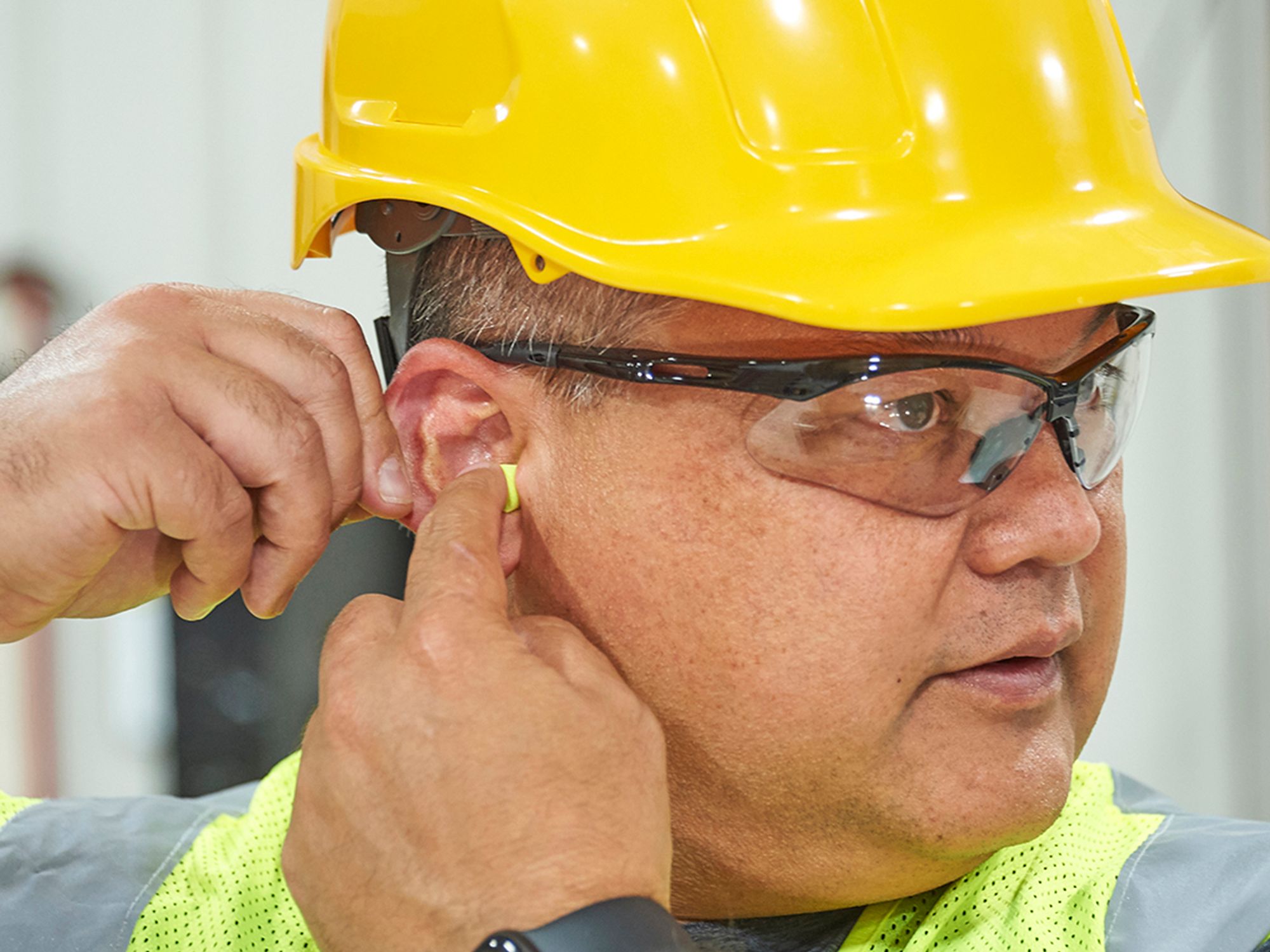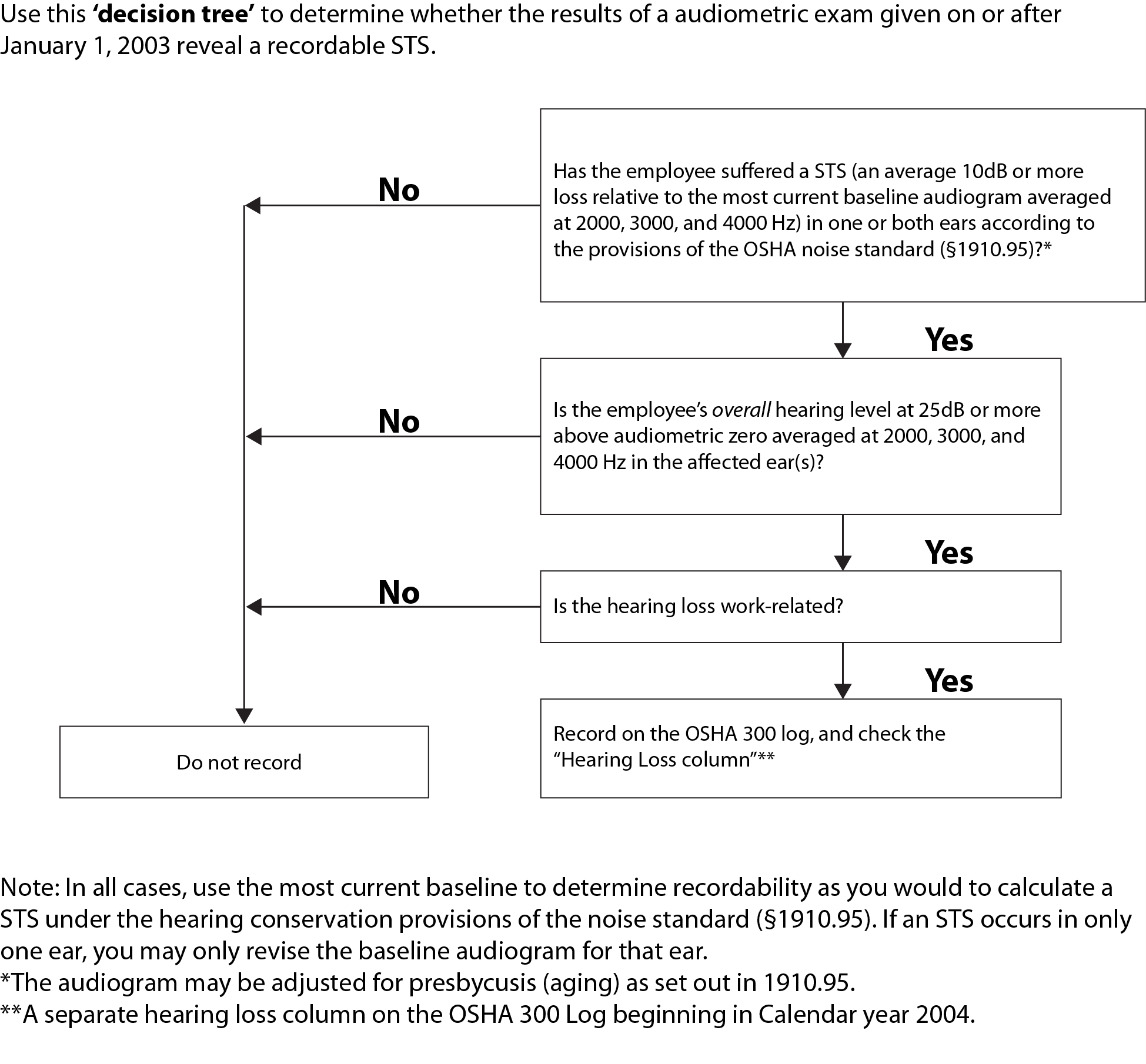InstituteSafety & HealthHearing Conservation and NoiseGeneral Industry SafetyIndustrial HygieneEnglishAnalysisFocus AreaCompliance and Exceptions (Level 2)USA
Hearing conservation and noise
['Industrial Hygiene']

- OSHA requires employers to monitor noise in the workplace, and to implement engineering or administrative controls to control excessive noise. If controls are not enough, employers must have a hearing conservation program.
The Occupational Safety and Health Administration (OSHA) requires employers to determine if workers are exposed to excessive noise in the workplace. If so, the employer must implement feasible engineering or administrative controls to eliminate or reduce hazardous levels of noise. Where controls are not sufficient, employers must implement an effective hearing conservation program.
OSHA’s occupational noise exposure standard at 1910.95 is designed to protect general industry employees, such as those working in the manufacturing, utilities, and service sectors. It does not cover the construction or the oil and gas well drilling and servicing industries.

